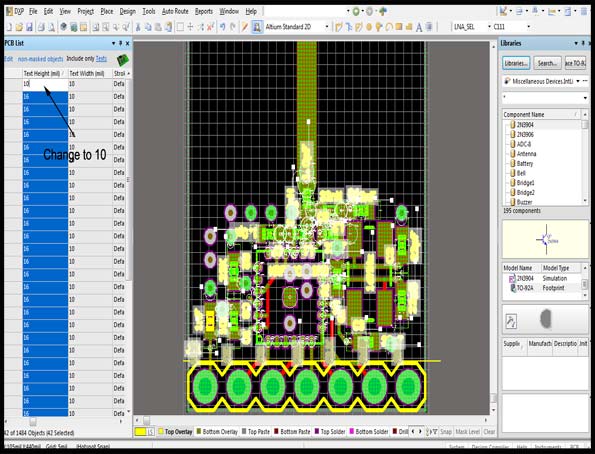

The Qucs GUI is well advanced and allows setting up schematics and presenting simulation results in various types of diagrams.
Qucs examples download software#
The software aims to support most kinds of circuit simulation like DC, AC, S-parameter, harmonic balance analysis and noise analysis to name a few. Post simulation, you can view the simulation results on a presentation page or window.
Qucs examples download simulator#
Qucs is an integrated circuit simulator that enables you to set up a circuit with its intuitive graphical user interface (GUI) and simulate the small-signal, large-signal and noise behaviour of the circuit. It also supports a growing list of analogue and digital components as well as Spice sub-circuits, which makes it easier to work with. Qucs is much simpler to use and handle than other circuit simulators like gEDA or PSpice.

It can simulate circuit behaviour, and supports pure digital simulations using VHDL and/or Verilog languages. MuthaĪn open source electronics circuit simulator software released under GPL, Quite Universal Circuit Simulator (Qucs) provides the user with capabilities to set up a circuit with a graphical user interface.
Qucs examples download mac#
Qucs is available for Windows, Mac and Ubuntu (open source). GenrateWire(cir.GetComponent().anchoredPosition, GetFutreNode(t.In this article we explore the features and functions of Quite Universal Circuit Simulator (Qucs) and go through a step-by-step analysis. GenrateTreeUI(t.GetRight(), true, Level + 1) GenrateWire(cir.GetComponent().anchoredPosition, GetFutreNode(t.GetLeft(), Level, false)) GenrateTreeUI(t.GetLeft(), false, Level + 1) (Level * 55)) Ĭir.GetComponent().anchoredPosition = new Vector2( + Level * 55, Roottr.anchoredPosition = new Vector2(-11, 213) Ĭir.GetComponentInChildren().text = t.GetValue().ToString() Ĭir.GetComponent().anchoredPosition = new Vector2( - Level * 55, Public void GenrateTreeUI(BinNode t, bool right, int Level)Ĭir = Instantiate(CirclePrefab, new Vector2(0, 0), Quaternion.identity) Ĭir.transform.SetParent(ansform) I spend a lot of time in devising and implementing the automatisms.I need to introduce new parameters governing the automatisms that are even harder to grasp for the average user.About one in thousand users will run into a horrible problem with the automatisms that is much more difficult to solve than the above.About fifty a thousand users (including the above) miss an opportunity to learn rudimentary knowledge about how integrators work and reading documentations.About twenty in a thousand users will not run into problems like yours.You might ask yourself: Can these parameters not be chosen more dynamically? As a developer and maintainer of an integration module, I would roughly expect that introducing such automatisms has the following consequences: You can usually tweak these parameters, but if you don’t, there need to be some default values and these default values are chosen with the above setup in mind. The step-size adaption in turn is governed by a lot of parameters like absolute tolerance, relative tolerance, minimum time step, etc. The reason for the above behaviour of integrators is that they use step-size adaption, i.e., the integration step is adjusted to keep the estimated error at a defined level. This typically fails for astronomical simulations where the orders of magnitude vary and values as well as time scales are often large in typical units. the smallest time scale of your dynamics also has the order of magnitude 1.your dynamical variables have the same order of magnitude.Most, if not all integration modules work best out of the box if:


 0 kommentar(er)
0 kommentar(er)
